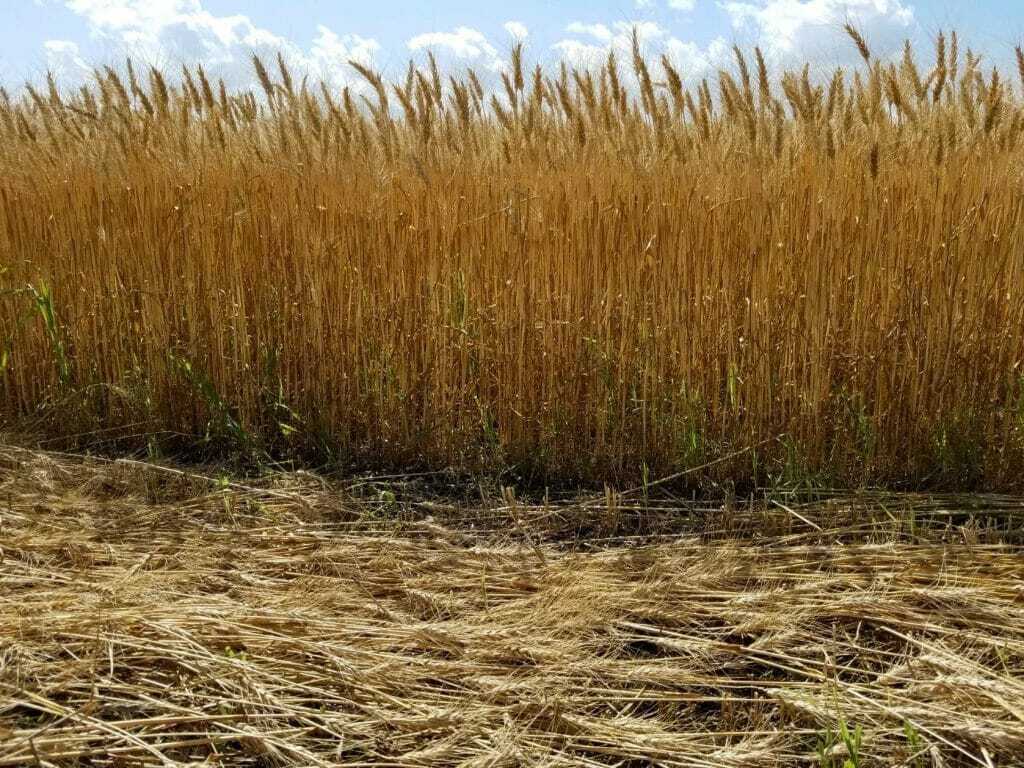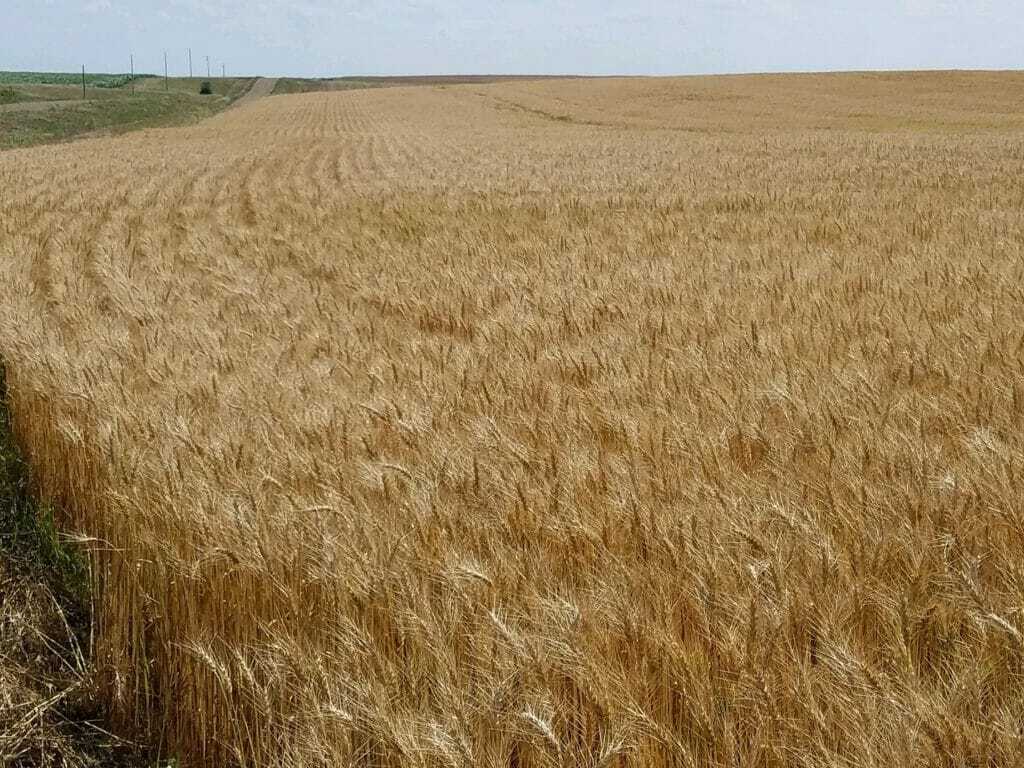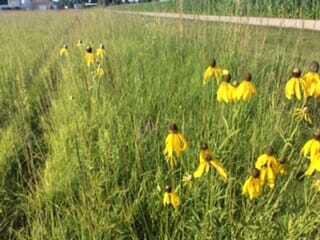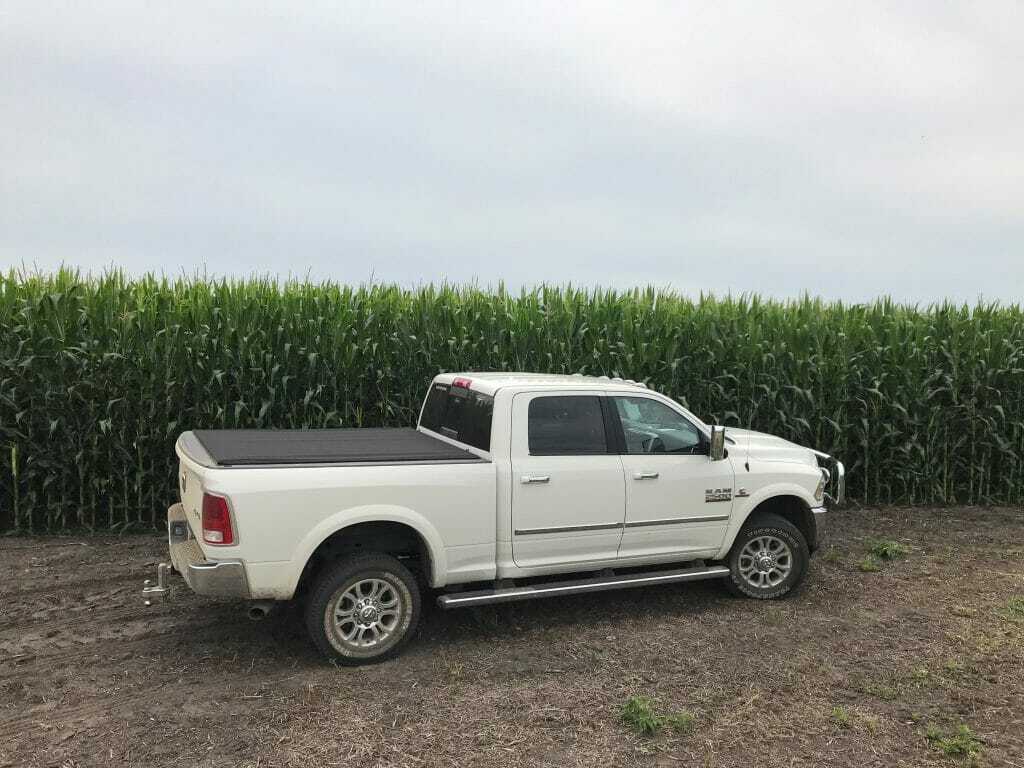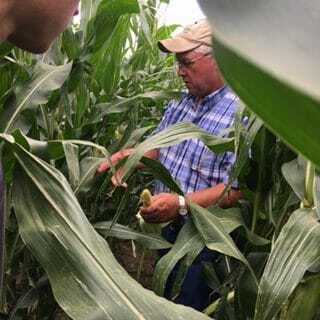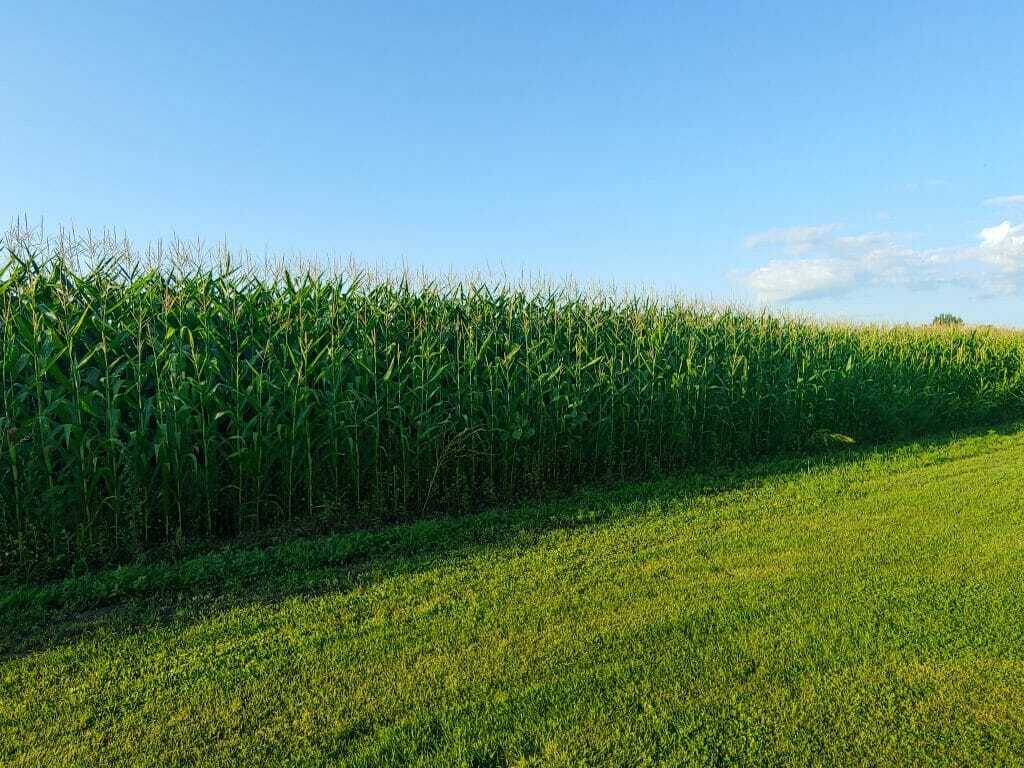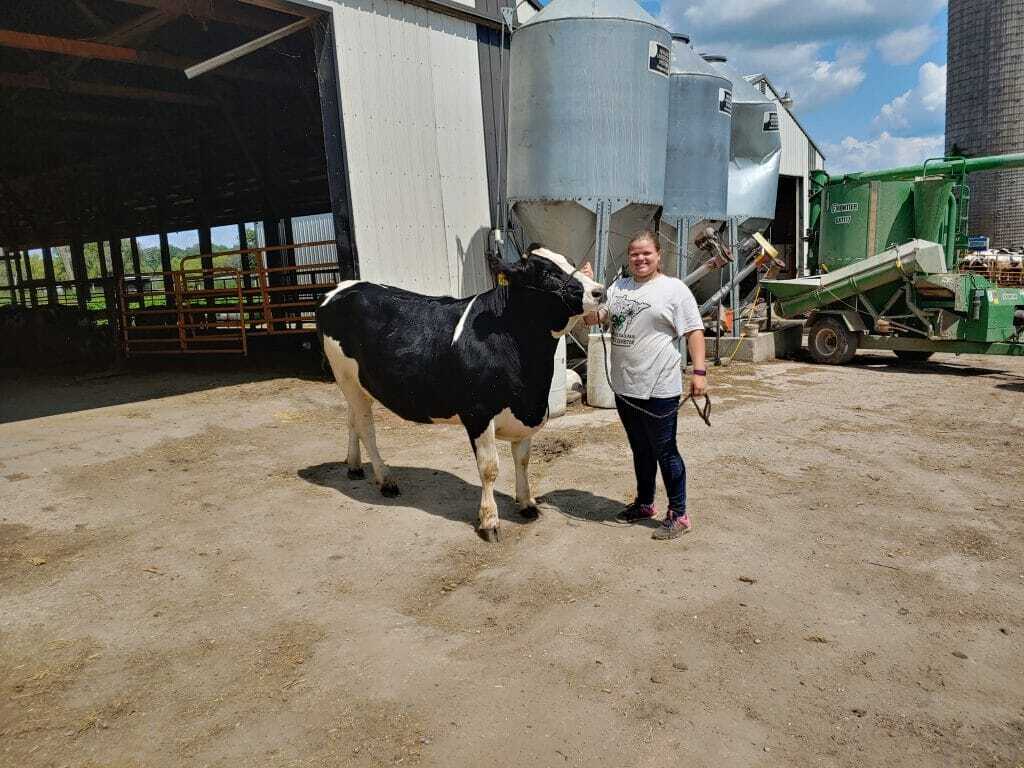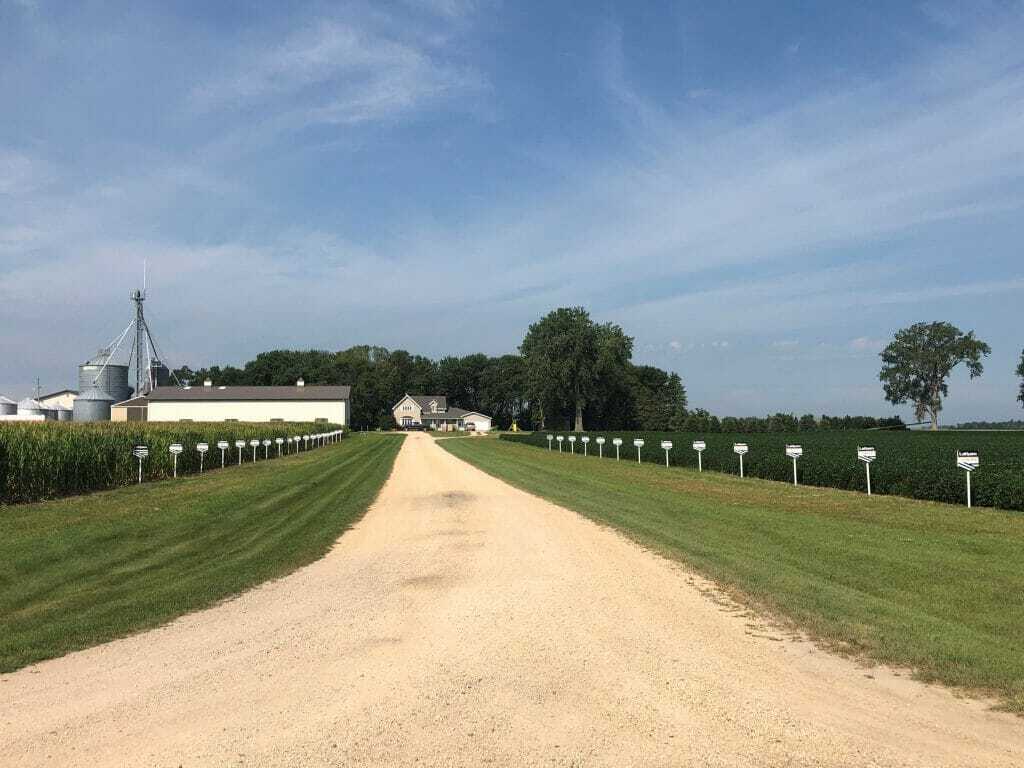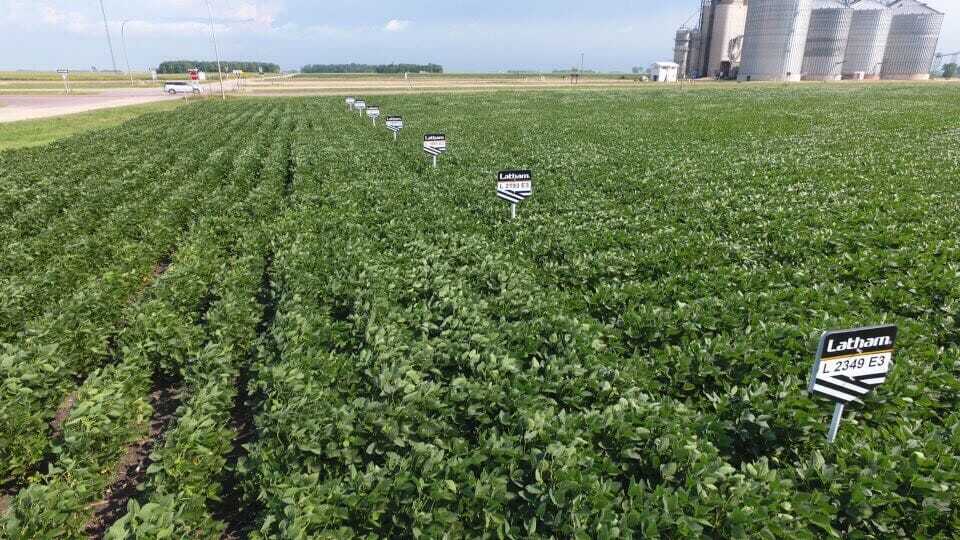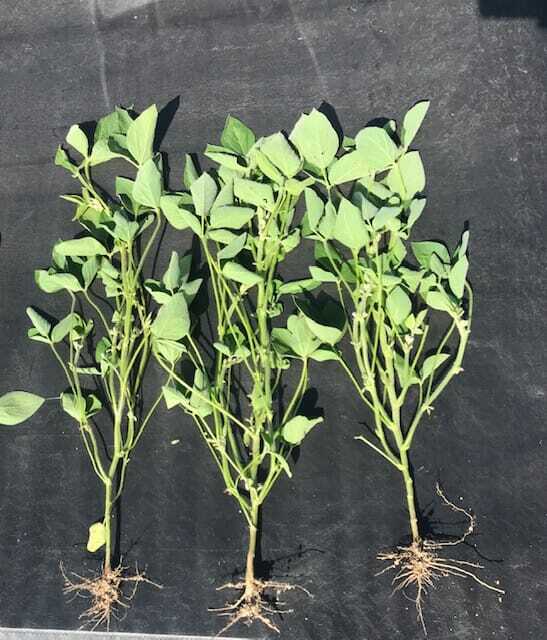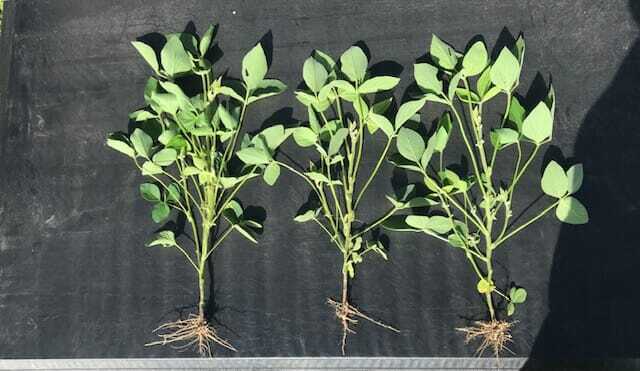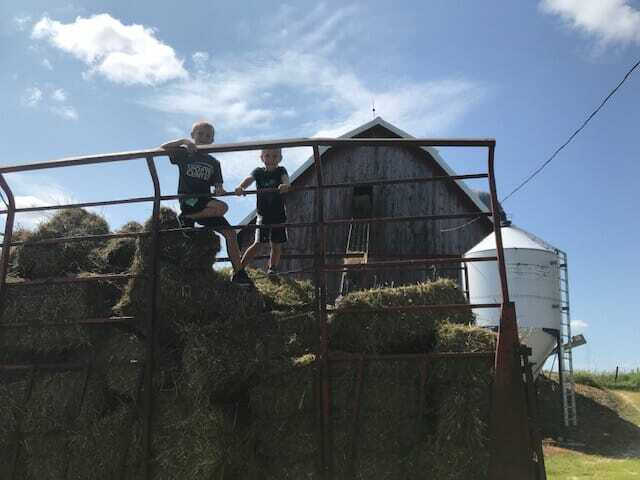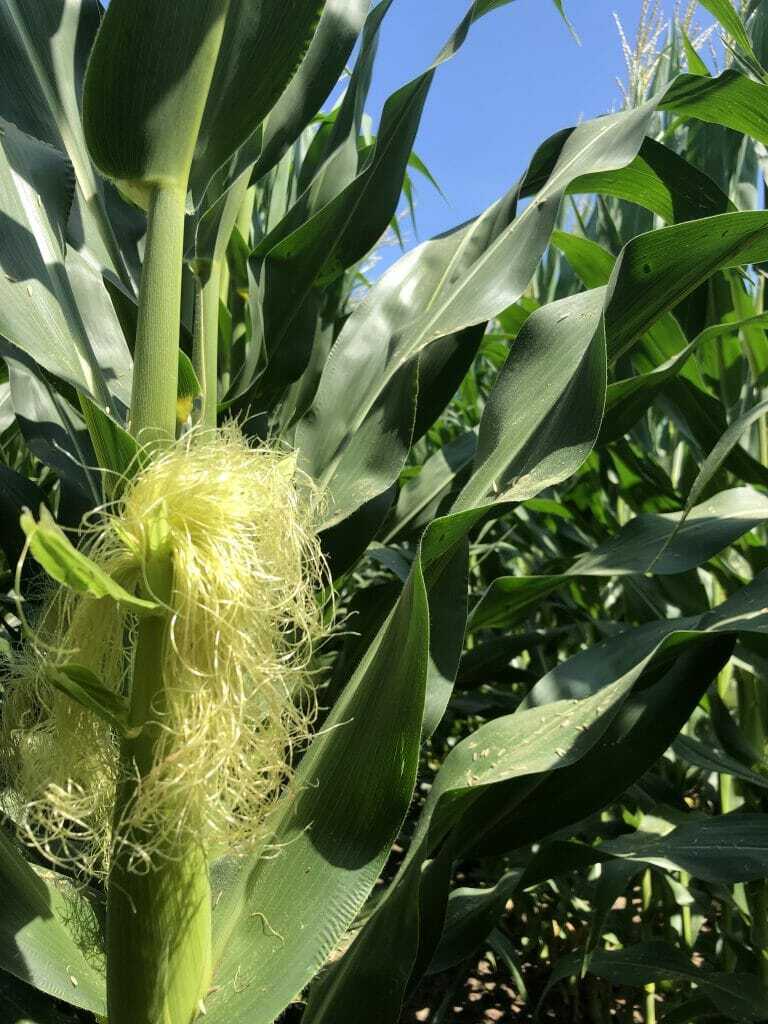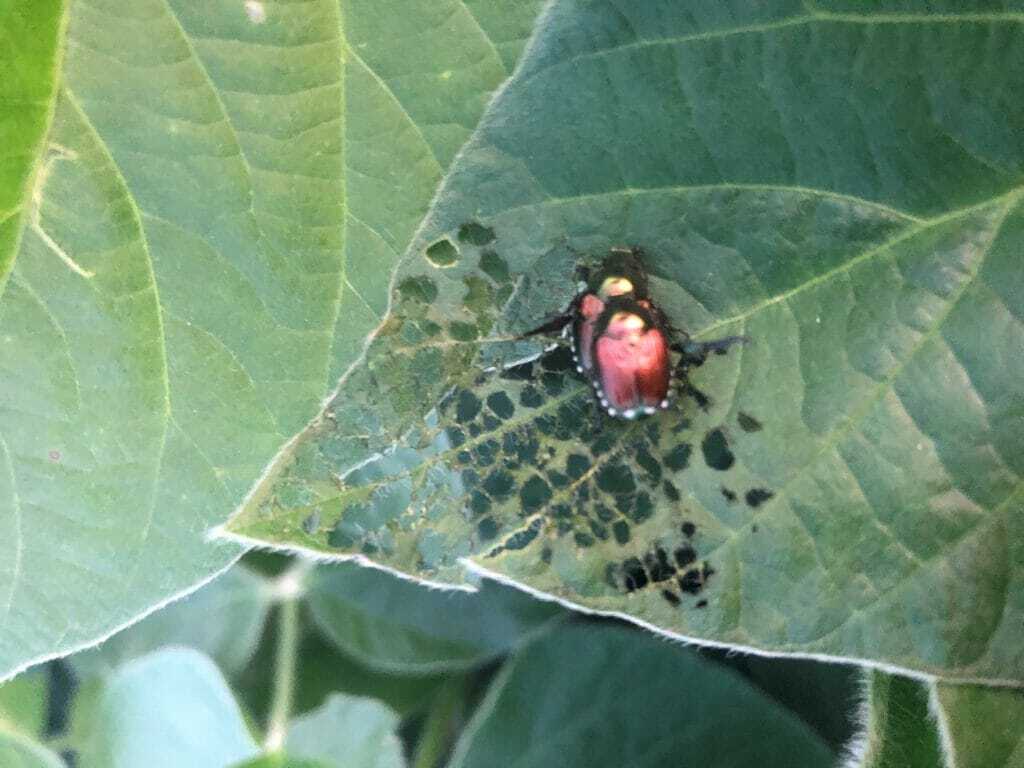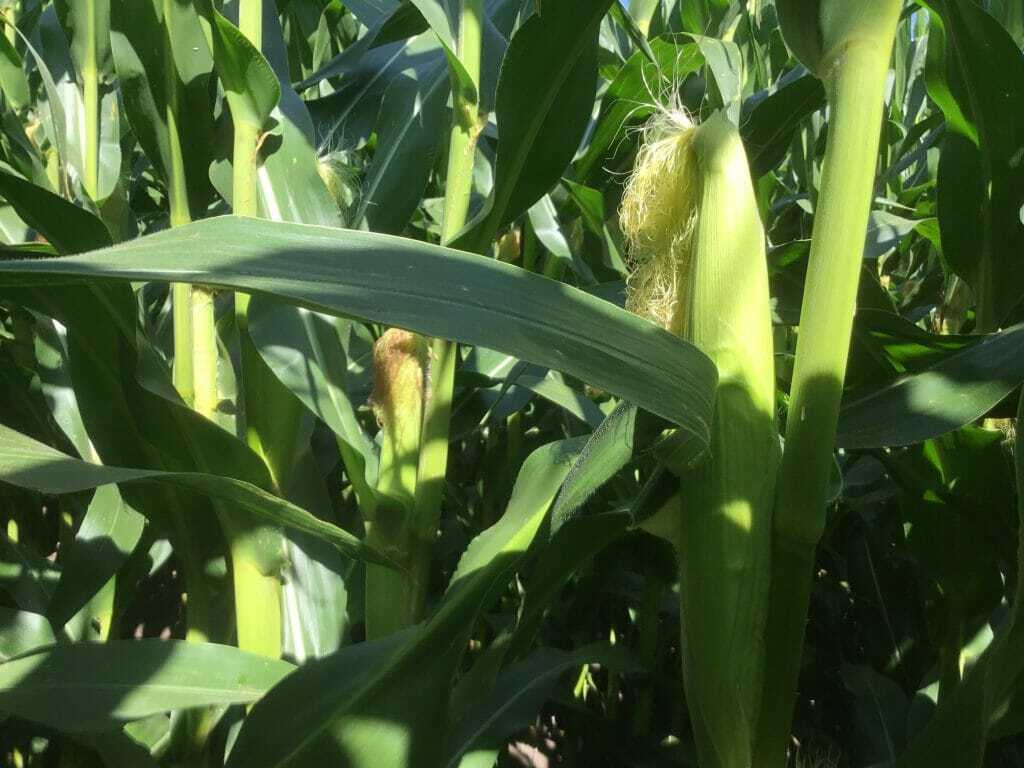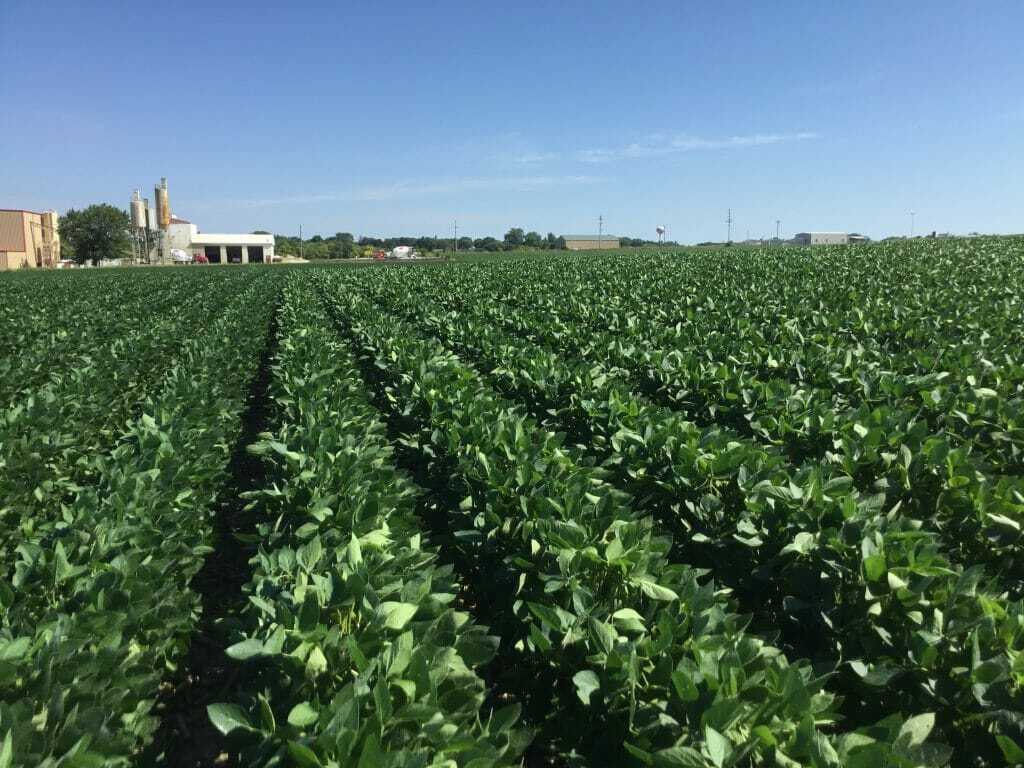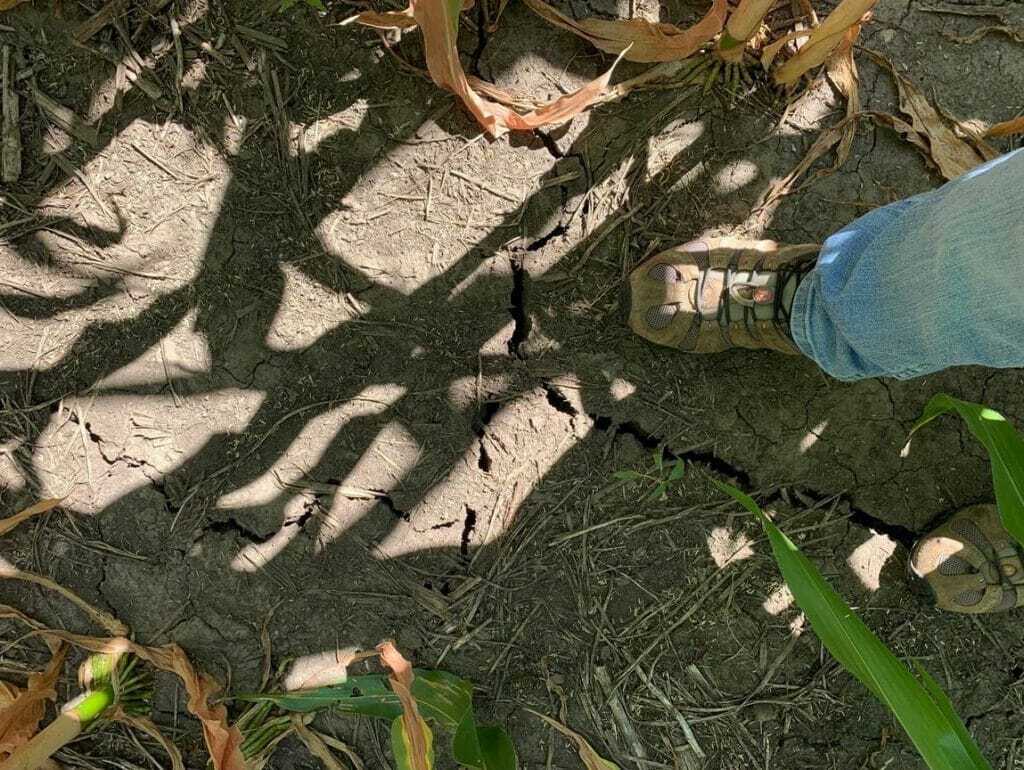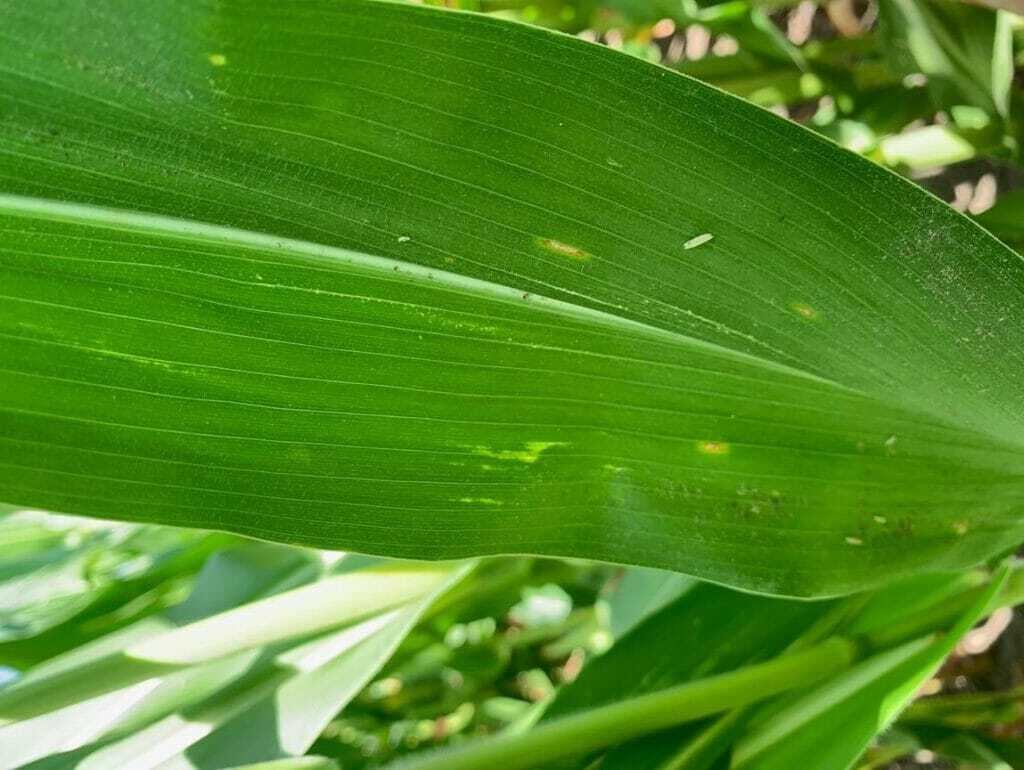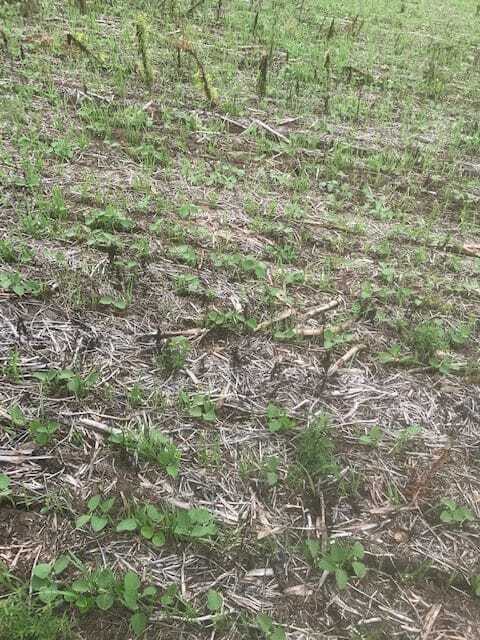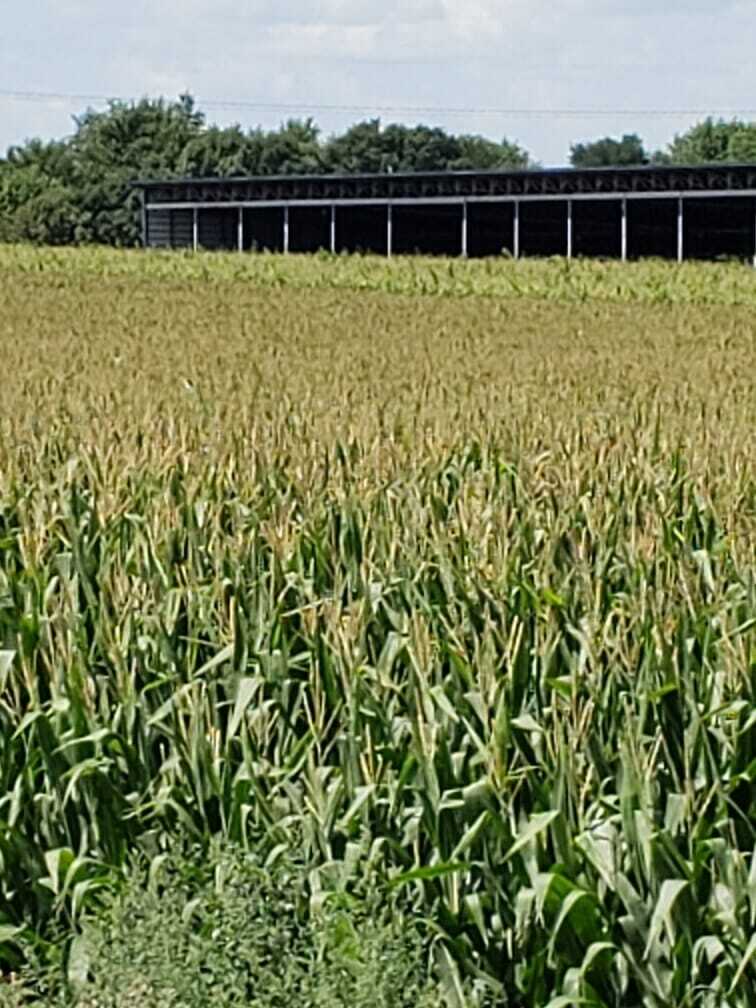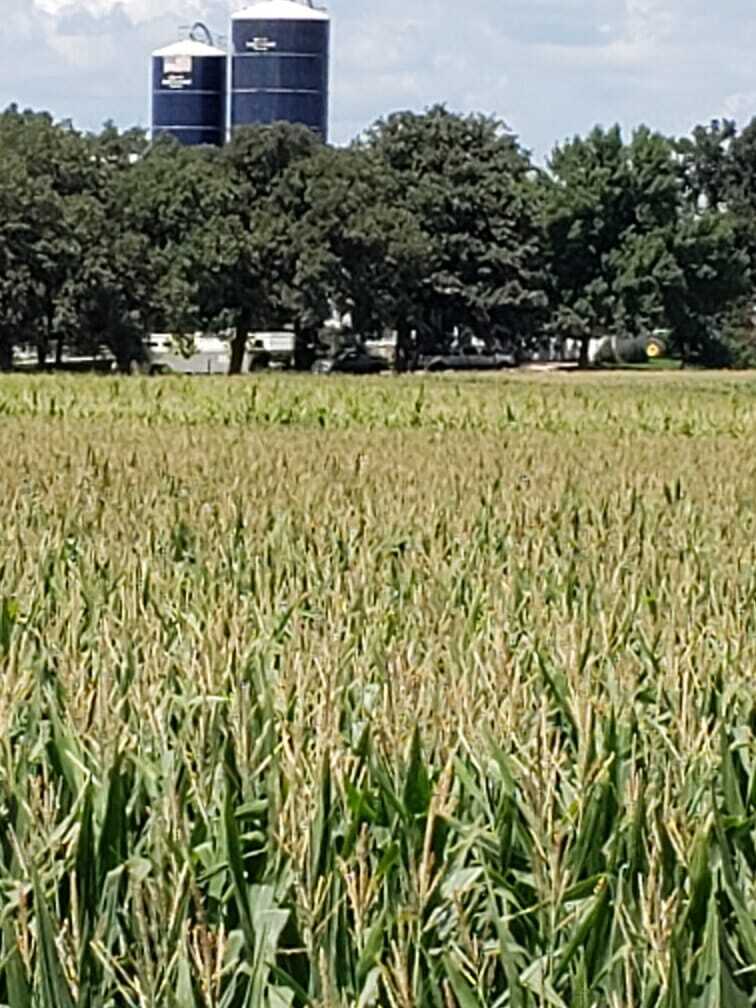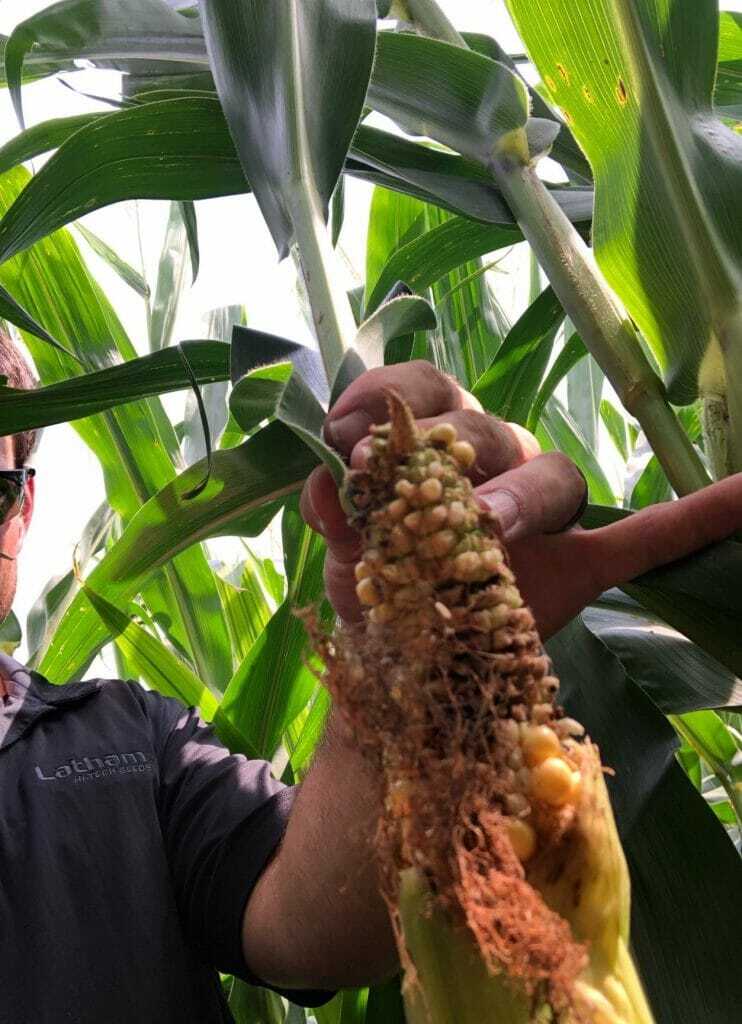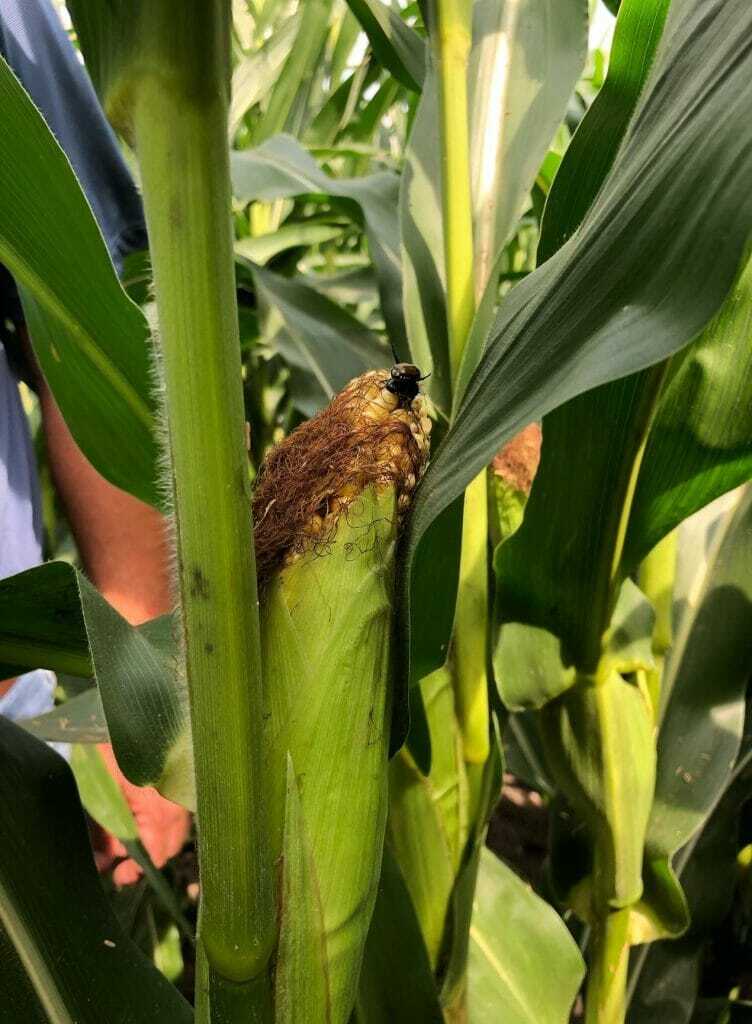Northwest North Dakota
Brian McNamee
Much needed rain fell across Western and North Central North Dakota last weekend, bringing a halt to harvest. Farmers are taking out crops wheat, barley, oats, peas and rye. Reports are mixed. Peas are having a good year. It looks like the later planted spring wheat, pictured here, will be superb.
After a day or two of rest, farmers will regroup. The timing of this rain is perfect to help fill soybean pods and to provide corn under pollination some relief. Looking forward to watching our Latham Hi‑Tech Corn and Soybean varieties continue to develop!
Southeast North Dakota
Gary Geske
Pollinator habitat, like this long grass prairie along my driveway, is important. Seed harvested from this weed-free plot is used to expand acres planted across the tri-state area. Producers, who value the importance of helping honey bee colonies plant pollinator habitat on their more marginal crop land or an odd-shaped field.
Northeast South Dakota
James Keltgen
Latham’s 5062 Leafy has 10 leaves above the ear even with the early cold growing season!
Wet is still the theme for 2019. Another round of heavy rains, ranging from 1 to 7 inches, hit this past week. Many farmers have been unable to spray crops in a timely manner, so crop dusters have been busier than usual. The early corn is has pollinated and some later planted corn has yet to pollinate.
Soybeans are shorter than normal this year and are slow to canopy due to saturated soils. One customer had to spray for green clover worms. Liberty and the new E3 Enlist soybeans are proving to be a great option for weed control.
Southeast South Dakota
Ramie Coughlin
Corn is coming right along in South Dakota. Most fields are pollinating now and temperatures couldn’t be more perfect. The hot temps in July earned us some much needed Growing Degrees, and so far August is providing us with great flowering weather. Soybeans are also enjoying mild temps while setting pods. Many soybean fields are at the R3, or beginning pod, stage. Many fields in Southeast South Dakota are still drying after anywhere from 0.2 to 6 inches fell here last week. Yep, I said 6 inches!
Northern Minnesota
Ken Highness
This field of LH 3695 VT2 PRO looks great on the farm of Kerri and Mathew Mattson. Their daughter, Taylor, posed for me with her Champion Dairy Steer at the Pope County open show. This dynamic duo will show at the Minnesota State Fair, August 22 through September 2. Good Luck, Taylor!
Southern Minnesota
Justin Prokosch
This E3 plot near Butterfield, Minnesota continues to shine. Many farmers are applying fungicide on their corn and are just starting to apply fungicide on their soybeans. Not many aphids have been spotted yet in the area. Come to Farmfest in Redwood Co. Minnesota this week and stop by the Latham booth for some goodies!
Northern Wisconsin
Joe Salter
Crops as a whole look good in my territory. Unfortunately, storms in the north caused several barns and grain bins to go down. These photos show my Latham soybean plot and my boys are doing some farm work with their grandpa.
Southern Wisconsin
Greg Mair
The corn crop is moving along quickly in southern Wisconsin. This field of LH 5635 VT2 PRO, which was planted June 1 in Cuba City, was full shed on August 5. Corn that was planted late into appropriate field conditions appears to have the potential to be a very good crop.
Northwest Iowa
Jeremy Joynt
While signing fields and scouting for late-season pests and diseases, continue to scout for Japanese Beetles, grasshoppers, and aphids. It only takes 20% defoliation to meet the economic-threshold for loss when soybeans are in the reproductive stages. You might add pesticide to the tank mix if you are putting on fungicide.
North Central Iowa
Cory Greiman
Farmers in North Central Iowa are protecting yield with fungicide and insecticide applications this week.
Northeast Iowa
Craig Haaland
Both this field of L 2228 R2 and this field of our popular LH 5245 VT2 PRO RIB are progressing nicely in Chickasaw County, crops across northern Iowa could use a shot of rain. Keep a close watch for Japanese Beetles. We’re seeing some common rust in corn fields, as well as root worms and some blight. Aerial applicators have been pretty busy.
Eastern Iowa
Jerry Broders
While scouting corn and soybeans this past week, I’ve seen Gray Leaf Spot and a little eyespot. I haven’t seen any disease in the soybeans. Our biggest concern right now is moisture. Timely August rains are needed. Moisture can be found, but it is 18 to 20 inches from the surface.
Western Iowa
Larry Krapfl
Soybeans and oats were planted six days ago on this farm that was put into preventative planting.
West North Central Iowa
Bart Peterson
I scouted this field of Latham Hi‑Tech Hybrids near Humboldt, IA this week. The shorter-stature corn is LH 4249 SS. Towering 2 foot taller alongside it is LH 5199 SS/LFY. This taller variety is intended for silage and we’re already seeing the impressive height and wide leaves of the leafy trait come through. Looking forward to the tonnage results at silage harvest.
Central Iowa
Aaron Steenhoek
Corn planted during the last half May and the first part of June is reaching tassel. Bugs are extremely prevalent as is disease! If timing is right, applying fungicide and insecticide may be very worthwhile on these fields. Not only could an application help this year, but it could make a difference in rootworm beetle populations next year if you’re planning to plant corn-on-corn.

